I modify code from here
I try to use
datetime.timestamp()as x-point , but it doesn't work.My totally hour is 5 hours and tickcount is 10, I expect every half hour to cut the time , but it is not.
how to add candlestick at specific time(maybe 8:45) to this qchart ?
import random, datetime
from PySide2 import QtCore, QtGui, QtWidgets
from PySide2.QtCharts import QtCharts
from PySide2.QtCore import QPointF, Qt
class MainWindow(QtWidgets.QMainWindow):
def __init__(self):
super(MainWindow, self).__init__()
self.plot = QtCharts.QChart()
self.chart_view = QtCharts.QChartView(self.plot)
self.setCentralWidget(self.chart_view)
self.series = QtCharts.QLineSeries()
self.candle_series = QtCharts.QCandlestickSeries()
self.series.setName("Magnitude")
self.plot.addSeries(self.series)
self.plot.addSeries(self.candle_series)
# self.plot.createDefaultAxes()
# self.plot.legend().hide()
self.candle_series.setDecreasingColor(Qt.green)
self.candle_series.setIncreasingColor(Qt.red)
# Setting X-axis
self.axis_x = QtCharts.QDateTimeAxis()
self.axis_x.setTickCount(11)
self.axis_x.setLabelsAngle(70)
self.axis_x.setFormat("h:mm")
self.axis_x.setTitleText("Date")
self.axis_x.setMax(datetime.datetime.strptime('202005071345','%Y%m%d%H%M'))
self.axis_x.setMin(datetime.datetime.strptime('202005070845','%Y%m%d%H%M'))
# Setting Y-axis
self.axis_y = QtCharts.QValueAxis()
self.axis_y.setTickCount(7)
self.axis_y.setLabelFormat("%i")
self.axis_y.setTitleText("Temperature [celcious]")
self.axis_y.setMax(60)
self.axis_y.setMin(10)
self.plot.setAxisX(self.axis_x, self.series)
self.plot.setAxisY(self.axis_y, self.series)
self.plot.setAxisX(self.axis_x,self.candle_series)
self.plot.setAxisY(self.axis_y,self.candle_series)
self.candle_series.append(QtCharts.QCandlestickSet(30,50,20,25))
self.series.append(float(QtCore.QDateTime.fromString("202005070849", "yyyyMMddhhmm").toMSecsSinceEpoch()),22,)
self.series.append(float(QtCore.QDateTime.fromString("202005070950", "yyyyMMddhhmm").toMSecsSinceEpoch()),20,)
self.series.append(float(QtCore.QDateTime.fromString("202005071051", "yyyyMMddhhmm").toMSecsSinceEpoch()),58,)
if __name__ == "__main__":
import sys
app = QtWidgets.QApplication(sys.argv)
window = MainWindow()
window.resize(640, 480)
window.show()
sys.exit(app.exec_())

